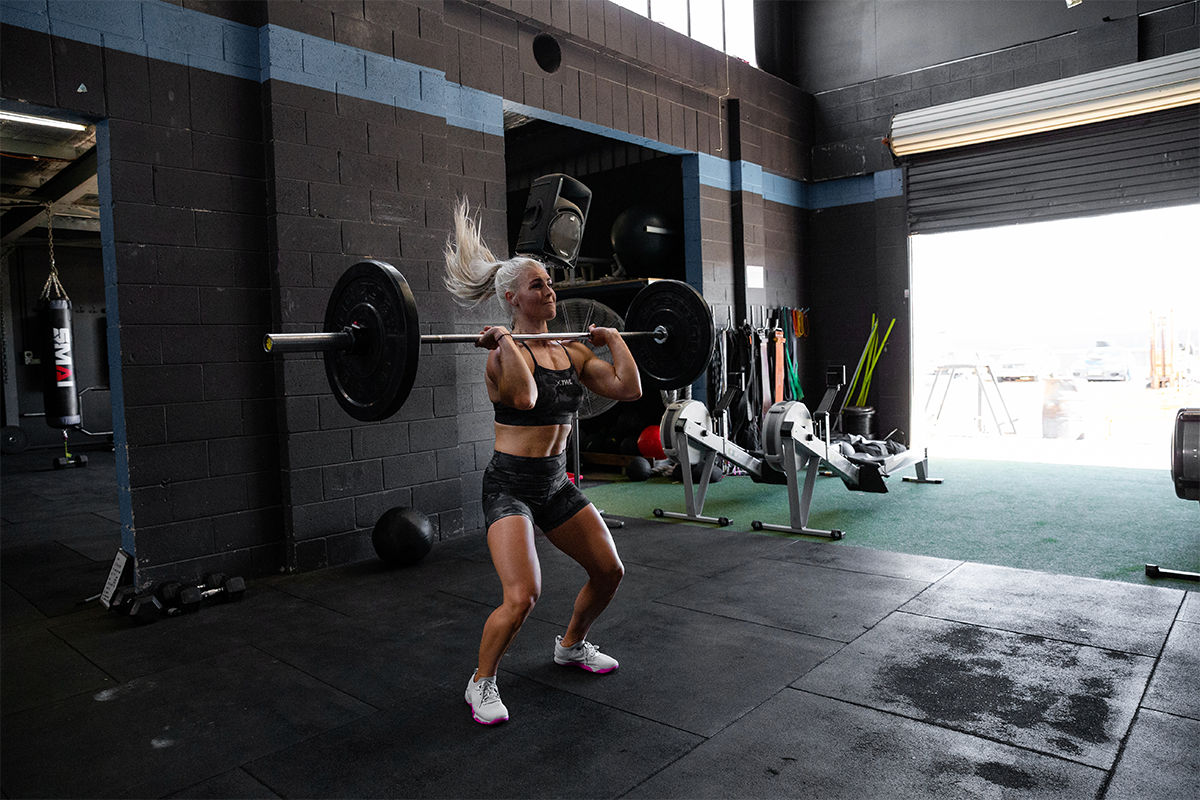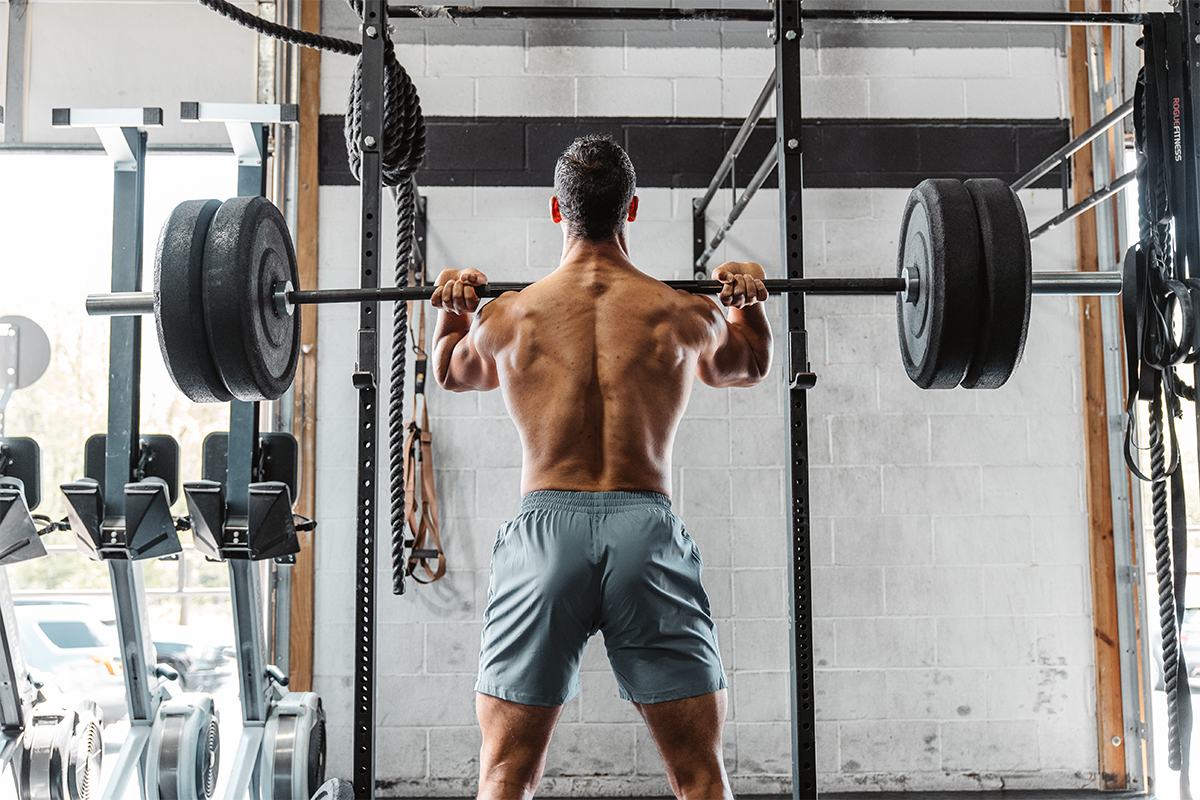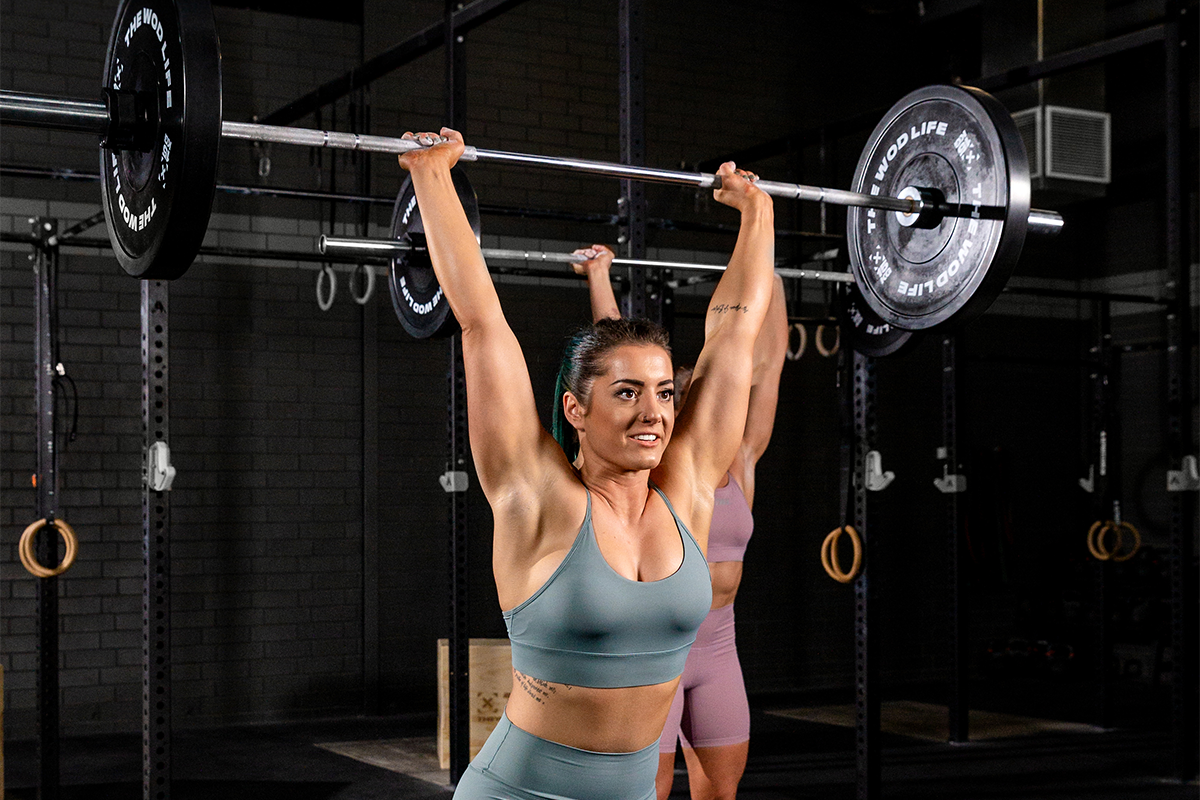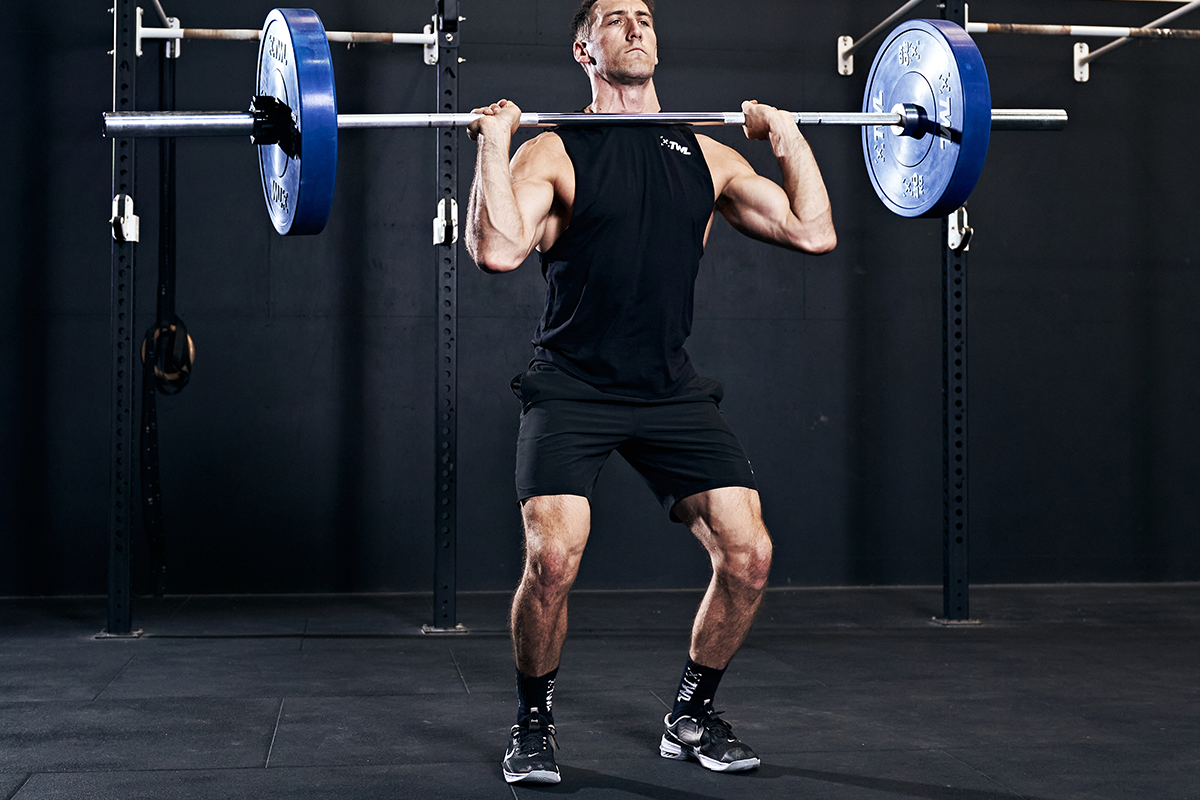One thing many of us love about the clean and jerk is that you can — to an extent — get away with sloppy technique. It’s not like the snatch, where the whole thing goes down the drain if you’re a centimeter off. However, your clean and jerk technique still matters. And the further you get in your Olympic lifting journey, the more attention you’re going to have to pay to it.
In this blog, we’ll break the clean and jerk technique down into three valuable tips that athletes often look right past.
Clean and Jerk Technique: 3 Small Cues that Make a Huge Difference
The devil is in the details. Refining your clean and jerk technique means that you can perform the lift safely — and move a lot more weight. Keep reading for three clean and jerk tips that promise to have a serious impact.
Shop Now
1. Always Let the Barbell Reach its Peak Before You Move Under It
This goes for both the clean and the jerk! Let’s start with the clean.
The clean begins with a big “pull” — technically, three pulls. This is how you get the barbell from the floor up into the air, right before you swing your elbows around, move under it, and squat. The sooner you cut the pull, the less time you have, and the less weight you can ultimately lift. So, your goal should be to let the barbell get as high in the air as possible before you move your elbows around it. (Side note: This is why practicing the power clean is so beneficial. It forces you to catch the barbell higher.)
It’s a similar idea with the jerk, which starts with a dip and drive. You slightly bend your knees (the dip) and then straighten them while extending your arms upward (the drive). The sooner you cut the drive, the less time you have, and the less weight you can ultimately lift. So, your goal should be to let the barbell get as high in the air as possible before you rebend your knees to get under the barbell and lock out your arms.
It might help you to record your lift or ask a buddy to record you. With the clean, check to see if you’re at full extension at the top of the lift. Your legs and hips should be fully opened, shoulders shrugged. If you’re not doing any of these things, you’re cutting the pull short. And with both lifts, watch your timing. Are you moving under the barbell while the barbell is still traveling upward? If so, you’re rushing it!
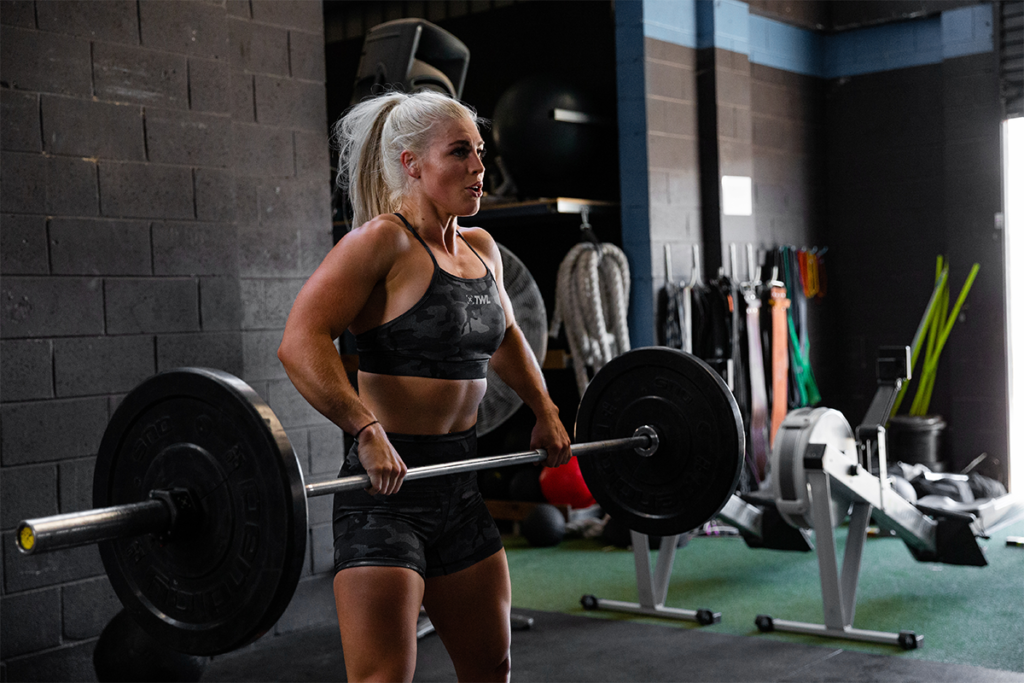
2. Remember This Cue: Slow, Then Quick
Because the Olympic lifts are explosive and happen within a matter of a few seconds, we tend to think that we need to race through them. And it’s true that certain parts of the lifts should be powerful and quick. However, other parts are slow and controlled.
Let’s look at the clean first. Remember those three pulls? Here’s how they break down:
- 1st pull: From the floor to your knees.
- 2nd pull: From your knees to your hips.
- 3rd pull: From your hips to the barbell’s peak.
Some people say there are only two pulls, but anyway you slice it, this is the path that the barbell travels. Now, let’s look at it in terms of speed and explosiveness.
- 1st pull: Slow and controlled.
- 2nd pull: Faster but still controlled.
- 3rd pull: This is where you explode!
So, the speed doesn’t really pick up until that second pull.
With the dip and drive of the split jerk, the dip is slower. Then, when you change directions and start to extend your legs and hips for the drive, that’s when you explode.
Truthfully, the beginning of the lift can make or break it. In fact, some coaches can tell whether or not an athlete will successfully finish a lift just by how the beginning looks. A lift that starts under control sets you up to maintain control of the barbell for the rest of the lift.
As an added bonus, mastering the idea of “slow, then quick” will help you in other things you do in the gym, like box jumps and sprints. It’s one of the many benefits of clean and jerks.
Shop Now
3. Always Keep the Barbell Close to Your Body
Think of how you open a jar. When the lid is stuck, what do you do? You get a good grip on it, hug it close to your chest, and then try to open it. Imagine trying to do this but holding the jar out in front of you. You wouldn’t have nearly as much leverage on it.
It’s the same with a barbell.
The further the barbell travels from your body, the heavier it’s going to feel. During the clean pull, think of tracing your body with the barbell. If the bar loops out in front of you, then you’re going to have to jump forward to meet it. This throws the entire lift out of alignment.
And with both lifts, imagine the barbell traveling in a straight line up and down, because ideally, that’s exactly what it does. In the split jerk, you should aim to drive it straight upward. And when you lock out under it, your hips, spine, neck, and arms should all be in alignment — beautifully stacked! Avoid jutting your head out like a chicken.
Shop Now
Keeping the bar close is something you should be practicing in your clean and jerk warmups. If you can’t do it with an empty bar, you’re not going to be able to do it with a loaded bar.
Ready to practice your clean and jerk technique and put these tips into play? Check out our blog on five clean and jerk WODs so that you can rehearse your positioning.

